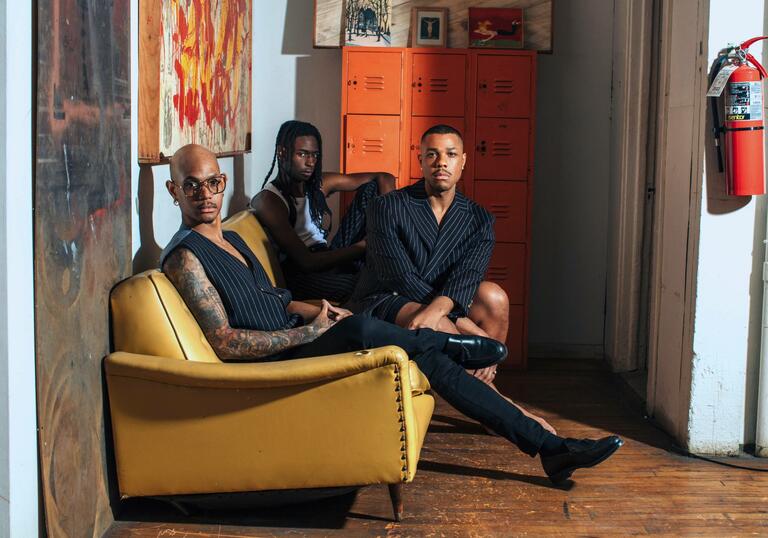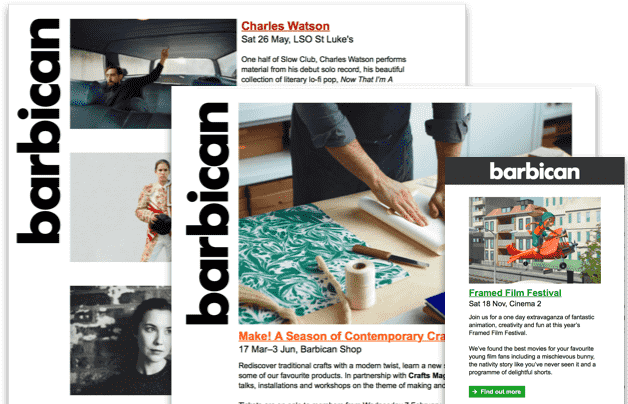
Programme and Performers
ROBESOИ conceived by Davóne Tines and Zack Winokur
directed by Zack Winokur
Prelude music by Davóne Tines, John Bitoy, Khari Lucas
Some Enchanted Evening music by Richard Rodgers; lyrics by Oscar Hammerstein II;
arrangement by Davóne Tines and John Bitoy
Othello music by Davóne Tines, John Bitoy and Khari Lucas
Scandalized arrangement by Davóne Tines, Khari Lucas, John Bitoy, Ian Askew and Gerry Eastman
Fly Away music and lyrics by Davóne Tines, John Bitoy, Khari Lucas and Ian Askew
Nobody KnowsTraditional African American Spiritual; arrangement by Davóne Tines
Todesbanden music by Johann Sebastian Bach; arrangement by Davóne Tines and Al Carlson
The House I Live In music by Earl Robinson; lyrics by Abel Meeropol (under the name Lewis Allan); arrangement by Davóne Tines, John Bitoy, Khari Lucas and Ian Askew
Lift Every Voice music by J Rosamond Johnson; lyrics by James Weldon Johnson; arrangement by Davóne Tines
Let It Shine Traditional folk song; arrangement by Davóne Tines
Epilogue written by Mahogany L Browne, Davóne Tines and Ian Askew
Old Man River Traditional
Davóne Tines bass-baritone, concept
Khari Lucas electric bass, sound artist
John Bitoy piano
Zack Winokur concept
Little Island curator
Kai Harada sound design
Mary Ellen Stebbins lighting design
James Melling sound supervisor
Rich Howell lighting supervisor
Shira Kagan-Shafman producer
Programme notes
PRELUDE
= SINGING IN THE SHOWER
+ DOO-WAP ANCESTORS
+ SELF REFLECTION
Those that know me know that the shower is my favourite place in the world. The warmth, moisture, soothing white noise, and amazing acoustics make it the perfect place to feel safe and grounded in my transient life. It’s also the best practice room for singing and living. The reverberant yet focused acoustic allows me to gently make micro musical and technical choices without spending my vocal cords. The shower is where I get my best ideas and make big decisions and self-discoveries. Paul Robeson’s poison-induced journey takes place in a bathroom where he also made big discoveries and huge decisions. He (we?) hum a bit of ‘Ol Man River’ as if to ponder it; to assess our connection to it. It’s the song that’s founded his career but has also continued to morph lyrically as his life and politics progress. Background voices also appear. Are they ancestors inviting self-reflection and guidance? Are they the early fraying of self? The trip begins.
TODESBANDEN
= BACH
+ 808s
+ REBIRTH
At his Carnegie Hall recital, Robeson also sang a version of the Bach chorale ‘Christ Lag in Todesbanden’ (From Cantata BWV4) which he translated as ‘He lay in the bonds of death’. The chorale is in celebration of Jesus’s resurrection. I shifted the lyrics to place the singer as the one who’s been reborn. For example, changing ‘Therefore let us joyful be’ to ‘Therefore he will joyful be’ so that Robeson or I could celebrate the personal moment of rebirth that occurs when you decide, or are able to move through deep struggle and find a new life on the other side.
I encountered my first Bach chorales in college when I sang with the Harvard-Radcliffe Collegium Musicum, a mixed-voice choir focused on large-scale choral works on Renaissance polyphony. I also studied western harmony in Harvard’s notoriously storied theory course Music 51, taught by John Stewart, a kind of mad hatter of Baroque harmony. He had a priest-like love for Bach, but more so for his bass lines for their grounding inevitability, yet beguiling possibility of surprise and metamorphoses. He treated them like incantations; recipes for sonic incarnations of the divine. /
Todesbanden is an opportunity to praise the bass line. I wanted to spell out the incantation as epically and contemporarily as possible, so I chose the bass instrument of modern popular music: the 808. Dating from the early 1980s, the Roland TR-808 electric drum machine, with its deep, punchy sound, permeates rap, hip-hop and much contemporary pop music. We also used multiple synth organs to show an ever-shifting and evolving, morphing texture of the bass line’s realisation; showing that a bass line is a foundation of life, but can be incarnate in myriad ways.
Artist Biographies
Davóne Tines bass-baritone, concept
Davóne Tines is a mould-breaking artist whose work encompasses a diverse repertoire, ranging from early music to new commissions by leading composers, while exploring the social issues of today. He is a creator, curator and performer at the intersection of many histories, cultures and aesthetics. As such, he is engaged in work that blends opera, art song, spirituals, contemporary classical, gospel and protest songs as a means to tell a deeply personal story of perseverance connecting to all of humanity.
He is an artist who takes full agency of his work, often devising new programmes and pieces from conception to performance. He has premiered numerous operas by today’s leading composers, including John Adams, Terence Blanchard and Matthew Aucoin; and his concert appearances include performances of works ranging from Beethoven’s Ninth Symphony to Kaija Saariaho’s True Fire. He recently made his debut at the Metropolitan Opera New York, performing in John Adams’s El Niño. His first studio album, ROBESOИ, released on Nonesuch Records last September, explores his connection to legendary American baritone Paul Robeson, reimagining some of the music Robeson famously sang.
Davóne Tines is Brooklyn Academy of Music’s Artist-in-Residence and Philharmonia Baroque Orchestra & Chorale’s first-ever Creative Partner. He was Musical America’s Vocalist of the Year in 2022, a winner of the 2020 Sphinx Medal of Excellence, a recipient of the 2018 Emerging Artists Award from Lincoln Center and a recipient of the 2024 Chanel Next Prize. He is a graduate of the Juilliard School and Harvard University.
